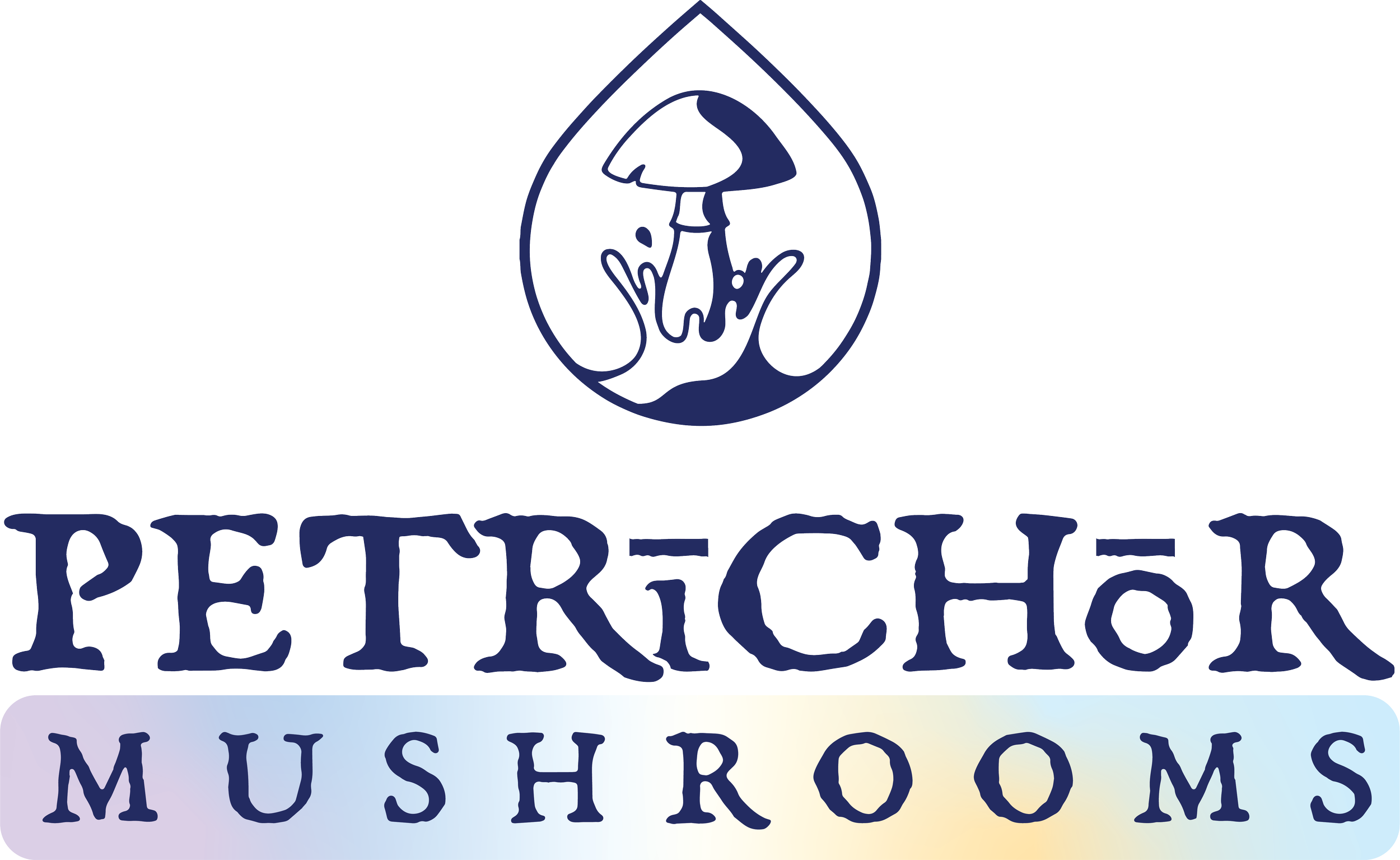Santa. The Mushroom Shaman.
Amanita Muscaria and the Mycelial Roots of Christmas
As Christmas and perhaps more pertinent to this discussion, the winter solstice, draws near I dive into the Shroom-infused origins of the popular winter holiday and the psychedelic shaman known as… Santa. Watch the video below for a fun intro to the “Magic Mushroom Christmas Theory.”
More and more we are uncovering the foundational role mushrooms played in ancient culture and in this case specifically, Winter Solstice traditions in the Arctic and how those traditions may have been plagiarized to create the modern Christmas Story. The story centers on a mushroom, Amanita Muscaria, or Fly Agaric, probably the most well-known mushroom in the world that people don’t know they know. The classic red mushroom with small white plaques symbolizes mushrooms on the emoji keyboard and gives Mario his magic boost.
Get to know the Fly Agaric better, watch the video below…
The Fly Agaric is considered a toxic mushroom due to high concentrations of psychoactive compounds known as muscarine, ibotenic acid, and muscimol. The latter of the two substances are structurally similar to the neurotransmitter, GABA and they act in the central nervous system, stimulating glutamate receptors[1] which can trigger a spiritual, trance-like, psychedelic state when ingested at safe levels. This is a good time to mention that consuming Amanita should not be done without extensive knowledge and preparation, not to mention the accompaniment of a qualified therapist or spiritual guide aka Santa.
Needless to say, Ancient nomadic peoples of northern Europe and Siberia found safe ways to ingest and trip on this mushroom which it seems may have led to the creation of cultural traditions centered on the mushroom and its magical effects. Join us as we explore the fungal roots of Christmas through a few of the Holiday’s most prominent elements starting with flying Reindeer.
Reindeer.
Reindeer, as it turns out, are big fans of Fly Agaric mushrooms. After ingesting the amanita, reindeer as well as their human counterparts, seem to experience a feeling of lightness that leads to them prancing around, and perhaps while under the impression of the mushroom, they could appear to be flying…
Reindeer love this mushroom so much that herders will sprinkle it in front of their noses to direct their movement. Evocative of a certain red-nosed reindeer perhaps?
Naturally, these people must have been very curious as to why the reindeer were so fond of this red fungi. An Italian ethnobotanist, Giorgio Samorini, whose writing explores the remarkable propensity of wild animals to seek out and use psychoactive substances, suggested reindeer and other animals, much like us, are interested in consciousness-altering plants and fungi. To find out, some intrepid Siberian herdsmen must have tasted the mushroom and entered into a psychedelic state where they had visions of flying reindeer and magic elves. Unless of course, they ate too much then they could experience horrible side effects like nausea and vomiting or even death. To avoid these negative effects these people must have experimented with methods of ingesting them including cooking, drying, etc. This even led to people consuming the urine of Reindeer whose digestive tract biologically filters out the toxic Muscarine from the mushrooms but leaves the psychedelic compounds behind in their urine. Guess in this case you should eat the yellow snow 😜
The administering of these mushrooms must have at some point been entrusted to professionals, aka shamans who would prepare the mushrooms to be safe for consumption. Shaman, the word itself, has its root in the Tungusic (Siberian language) word saman meaning “To know.” These shamans would embody the mushroom itself, which brings us to our next topic, Santa Claus!
Santa Claus.
Jolly, bulbous, clothed in red & white, spreading joy to all…
Sounds a lot like a Siberian shaman who is dressed to mimic the appearance of the amanita mushroom while he travels around the frozen landscape following reindeer and harvesting amanita to share with his fellow tribesmen to encourage jovial energy during the darkest, coldest time of the year.
Not convinced?? Picture this.
It is the beginning of Winter in the far north and a huge snowstorm has engulfed all the tribespeoples’ homes so that the only way to gain entry would be the warm chimney. Now imagine you know a jolly shaman is going to visit you during the night and bring fresh mushrooms, what do you do? Perhaps you leave a sock hung over the fire for the shaman to leave the mushrooms in to dry and perhaps you leave out food and drink for the benevolent mushroom man…
So whether you celebrate Christmas, or any other holiday this season, consider the age-old traditions of our humble reindeer herding, and mushroom-loving ancestors. I hope it will bring you joy and hope for the new year.
And if you would like to give a loved one a timely mushroom gift you can click our logo below to shop our store!
Related Articles:
1. NY Times: Santa is a Psychedelic Mushroom. https://nyti.ms/3UxShZb
2. The Marginalian: How the Psychedelic Amanita Muscaria Mushroom May Have Inspired the Santa Legend of Lapland. https://bit.ly/3Fuxr8O
3. Live Science: 8 Ways Magic Mushrooms Explain Santa Story. https://bit.ly/3BayWGP
4. McGill: The Origins of Santa...Maybe. https://bit.ly/3Pfu4Wz
5. Double Blind: The Trippy Truth about Amanita Muscaria, The World’s Most Famous Mushroom. https://bit.ly/3W4oSr0
6. Psychedelic Spotlight: Santa Claus Was a Psychedelic Mushroom. https://bit.ly/3iMa3uP
7. Fantastic Fungi: The Interesting Connection between Christmas and Mushrooms. https://bit.ly/3iCDY8s
8. NPR: Did 'Shrooms Send Santa And His Reindeer Flying? https://n.pr/3UHXSw4
9. The Atlantic: Is Santa Based on a Psychedelic Shaman? https://bit.ly/3PdO77P
References:
[1] Michelot D, Melendez-Howell LM. Amanita muscaria: chemistry, biology, toxicology, and ethnomycology. Mycol Res. 2003;107(Pt 2):131–146.





